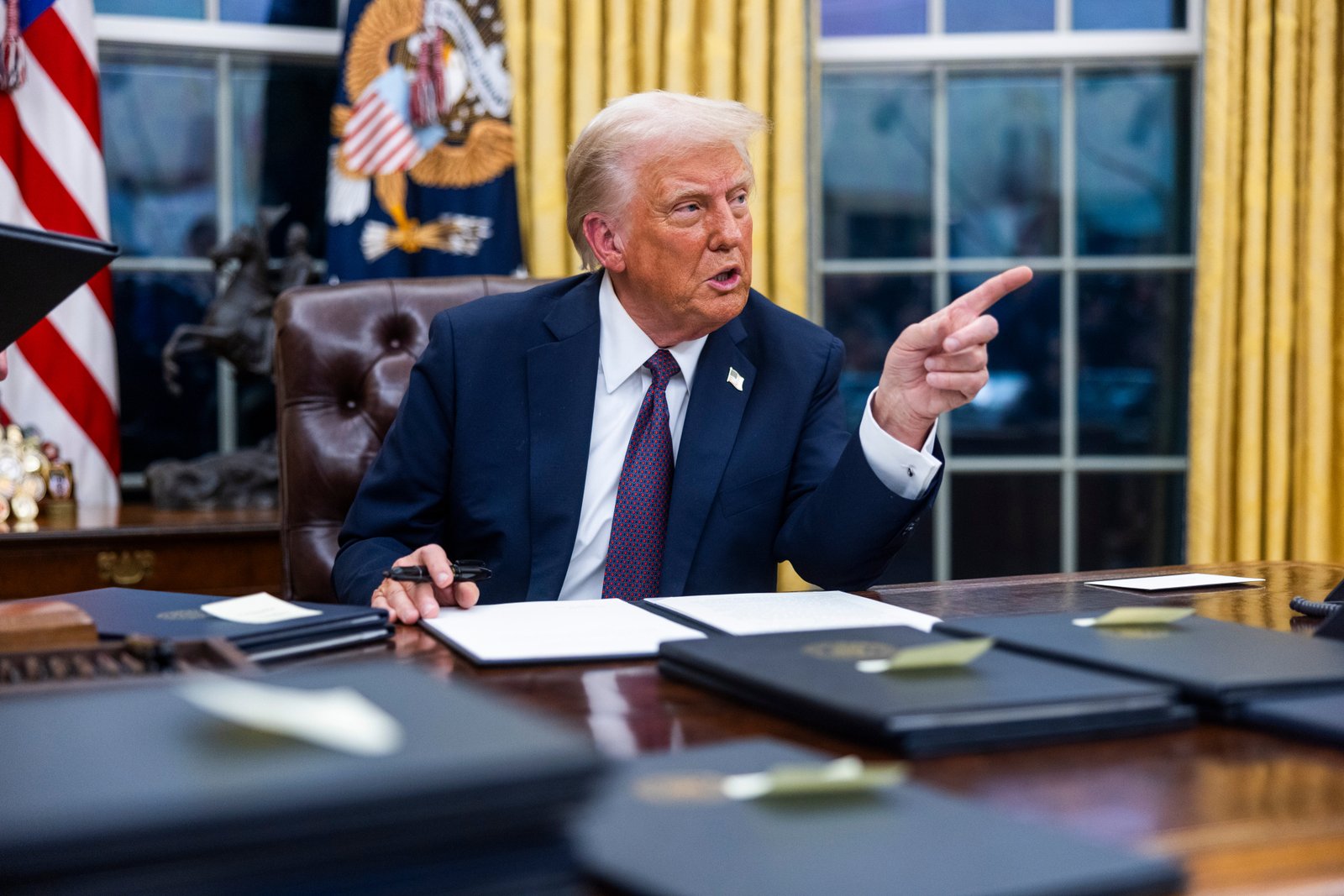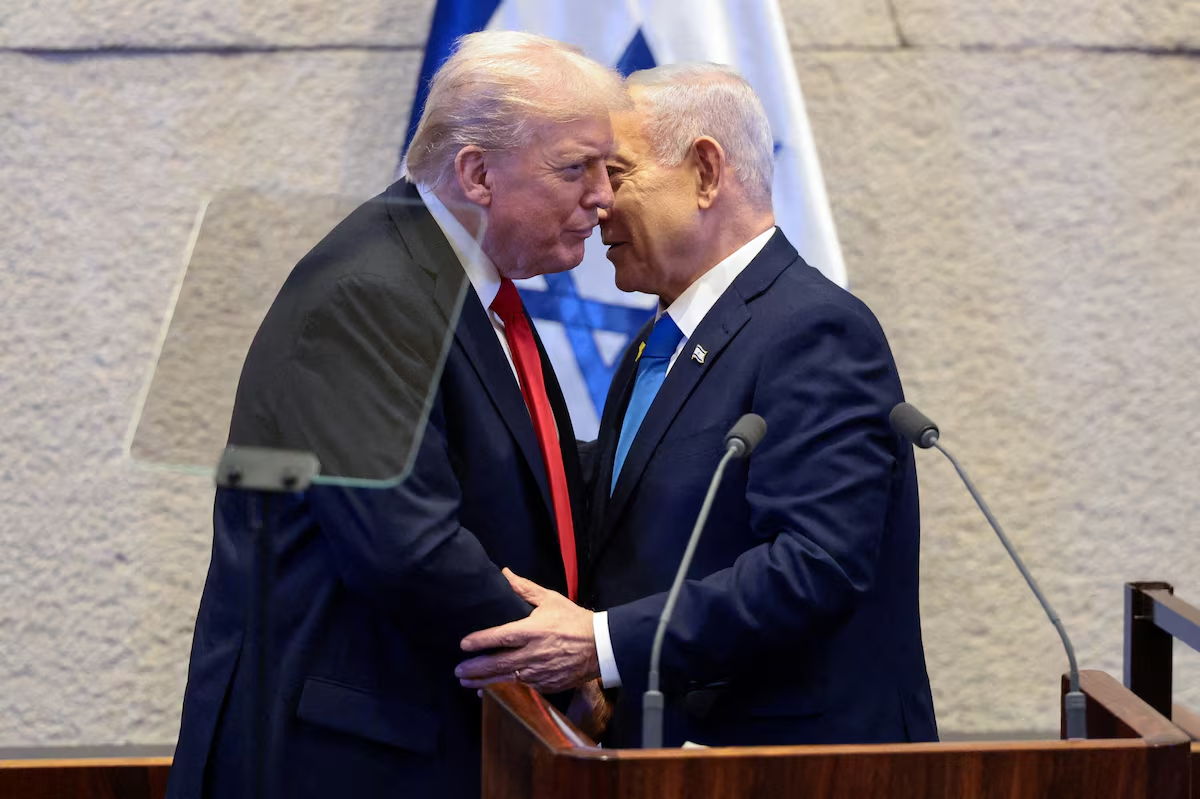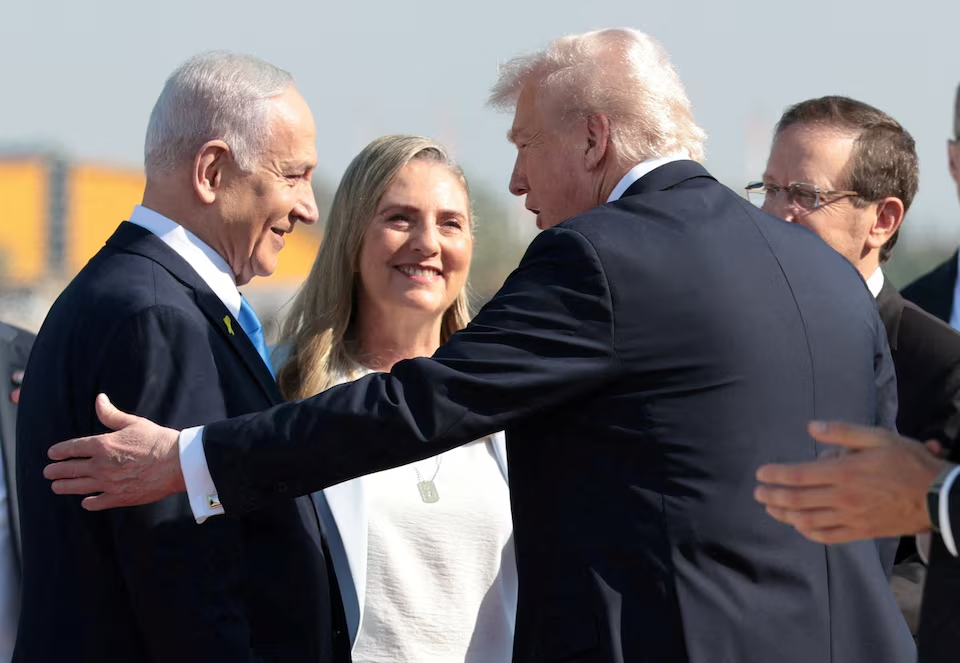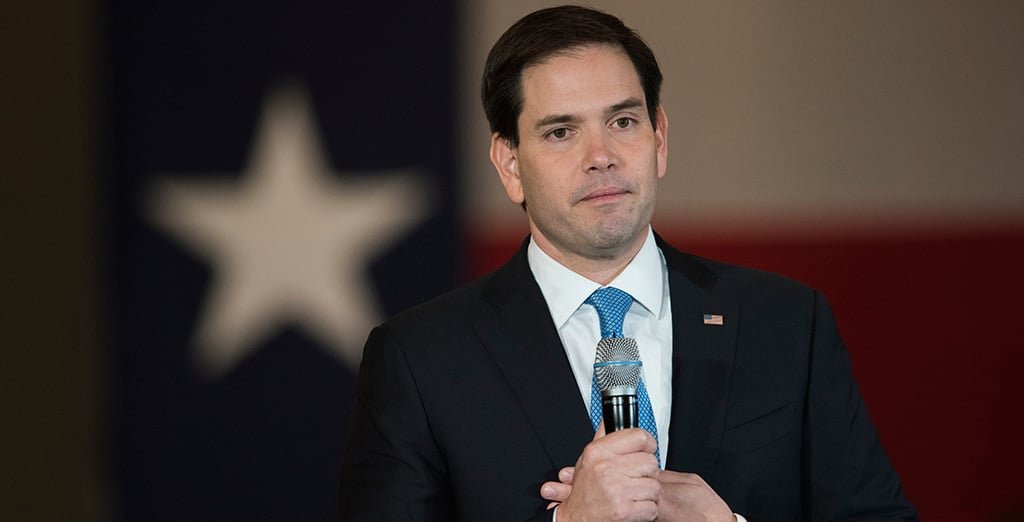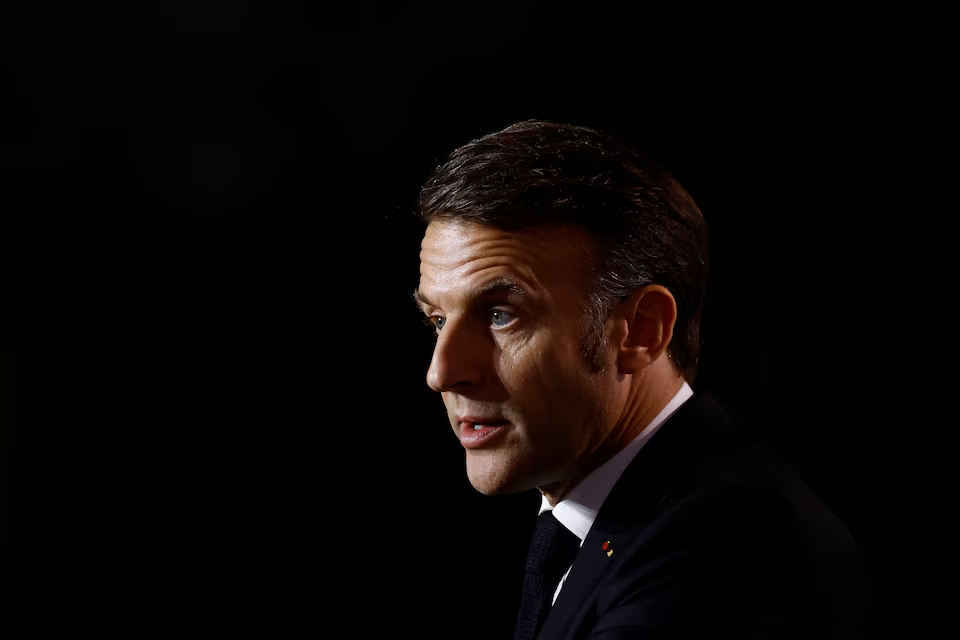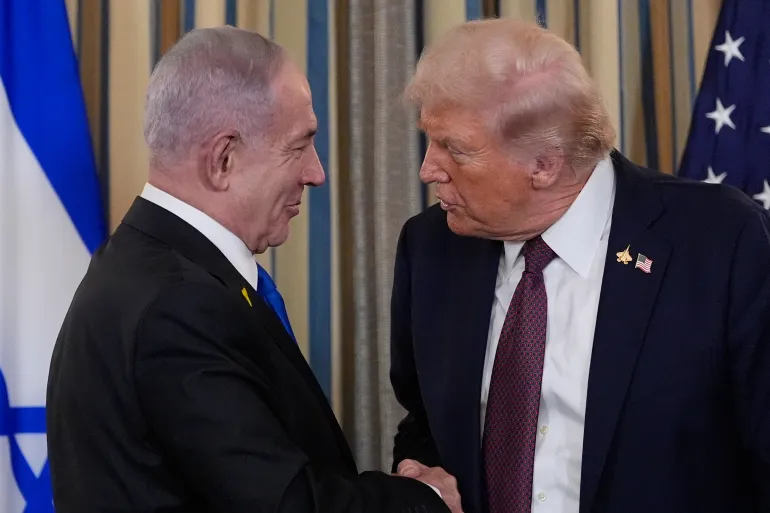150 Trade Deals in President Donald Trump’s First 90 Working Days and the Challenges to the Global Economy
In the 90-day timeline set by U.S. President Donald Trump, his plan to finalize 150 trade agreements has sparked major uncertainty in global markets. The abrupt imposition of a large number of tariffs and his strategy of “scaring the world to the negotiating table” have clearly shaken investor confidence.
150 Trade Deals in President Donald Trump’s First 90 Working Days and the Challenges to the Global Economy
150 Trade Deals in President Donald Trump’s First 90 Working Days and the Challenges to the Global Economy
Washington, April 12, 2025:
In the 90-day timeline set by U.S. President Donald Trump, his plan to finalize 150 trade agreements has sparked major uncertainty in global markets. The abrupt imposition of a large number of tariffs and his strategy of “scaring the world to the negotiating table” have clearly shaken investor confidence.
According to analysts, it is nearly impossible to complete so many complex bilateral trade deals in such a short time. As a result, volatility has hit stock markets, bonds, the dollar, and oil prices. After a significant drop in the stock market on Thursday, there was slight stabilization on Friday, but markets remain highly anxious.
Experts warn that such unilateral tariff policies by the Trump administration could ultimately inflict serious financial damage on the United States itself. There are also fears that the ongoing trade war with China could escalate further. Currently, the U.S. has imposed up to 145% tariffs on Chinese goods, while China has responded with 125% tariffs.
Unusual reactions have also been observed in the oil and bond markets. Typically, economic uncertainty drives bond prices up, but this time, the opposite has occurred—bond prices are falling while interest rates are rising rapidly. Meanwhile, oil prices have dropped to their lowest level in four years, a sign that many interpret as a prelude to a recession.
In the currency market, the value of the U.S. dollar has also declined, defying typical trends. Usually, tariffs boost the local currency, but investors believe that the U.S. stands to lose more from this trade war, resulting in the dollar hitting its lowest value in three years.
Despite these concerns, the Trump administration remains optimistic, claiming that over 70 countries have expressed interest in signing trade deals with the U.S. However, experts argue that implementing so many agreements in such a short period is unrealistic—especially with China’s staunch opposition, restoring market stability will be difficult.
According to economists, Trump’s tariff policies have already delivered a major blow to the global economy, and recovering from this shock will take time. JPMorgan and Goldman Sachs both assess the risk of the U.S. and global economy entering a recession as a coin toss—50/50.


